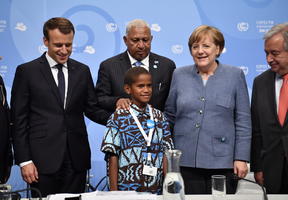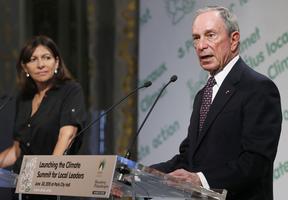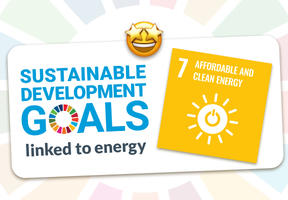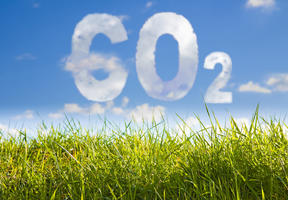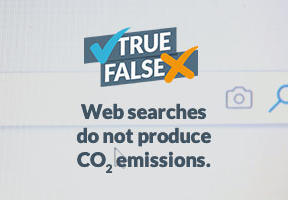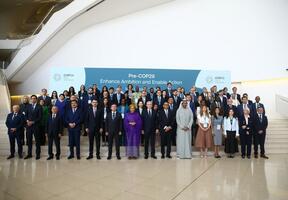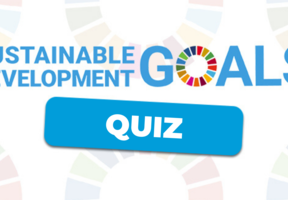Climate: China’s New Responsibilities
10 min read
As the world’s second-largest economy behind the United States, China has acquired a new geopolitical position and therefore has a responsibility to ensure the planet’s sustainable future. Given its historical influence, its methods will shape growth paths in many countries in the emerging world.

© WANG ZHAO / AFP - A road in Beijing in March 2018, engulfed in a cloud of smog. Urban pollution has prompted China to embark on a proactive energy transition.
Gross Domestic Product (GDP) measures the value of the annual “wealth production” generated by a country's economic actors, both private and public. With nearly $18 trillion in 2024, China's GDP has caught up with that of the 27 countries of the European Union. The US GDP is far ahead with $29.2 trillion. By reaching this level, Beijing has taken on new responsibilities, especially in global technological development and in the fight against
.
The Largest Carbon Emitter
With accounting for more than 60% of its energy consumption, China accounts for 30% of global CO₂ emissions in 2023 in absolute terms, the same as the United States and the European Union combined. Even when considering emissions per capita, to take into account the weight of 1.4 billion inhabitants, we see that a Chinese person today emits more greenhouse gases than a European.
Three Factors are Prompting China to Get Involved:
1) Contribute to Global Climate Action
Over the years, China has become increasingly involved in international action against global warming, striving to act as a spokesperson for countries in the Global South. Following the Paris Agreement in 2015, it set itself ambitious climate targets: a “peak” in emissions before 2030 and carbon neutrality by around 2060 (Europe has committed to achieving this by 2050). by around 2060 (Europe has committed to achieving this by 2050).
According to the , this strategy reflects a desire to secure energy supplies, but it raises questions about its compatibility with global climate goals, particularly those set out in the Paris Agreement. The IEA stresses that continued investment in coal could make it more difficult to achieve carbon neutrality.
2) Be a Leader in Technological Innovation
The requires a range of technologies in which China has excelled for years. Already dominating the solar photovoltaic panel sector and active in all new nuclear technologies, it has now set the pace in the development of electric motors too. In 2015, the Chinese government decided to pursue an electrification strategy focused on the battery electric vehicle, as opposed to the plug-in hybrid electric vehicle. Given the importance of the government in a state-led economy and the critical mass of the Chinese market, all manufacturers, including Japanese and European ones, have followed suit.
3) Controlling Pollution Problems
Another strong incentive is the desire to “make the skies blue again”, to use the phrase employed by Chinese officials. Mass use of coal and weak environmental regulations have caused air, water and soil pollution to reach intolerable levels for the Chinese people. The rise of more environmentally demanding middle classes has created public pressure on the Chinese government to take action. In response, small coal mines have been closed and polluting plants relocated away from cities.
Three Obstacles are Slowing Down China's Efforts:
1) How can the Necessary Energy Be Found?
Even though its growth is slowing down, China needs a lot of energy to ensure its development. Poor in gas and oil resources, China has a long-standing partner, Russia, which wants to increase its sales since Europe closed its doors. But Beijing is keen to maintain a diversity of supplies.
2) How can We Reduce Coal Consumption?
In certain provinces, the Chinese authorities introduced measures prohibiting industrial and domestic coal use, recommending that businesses and homes switch to gas. However, gas and shortages caused by high demand have triggered such discontent that the Chinese authorities have had to reverse the bans.
3) How can Renewable Electricity Be Used Effectively?
The largest wind farms are located in the north of the country, while demand is concentrated on the east and south coasts. However, the power transmission grid is still weak, meaning that some of the electricity that could be generated by new facilities is “lost”.


